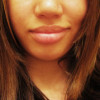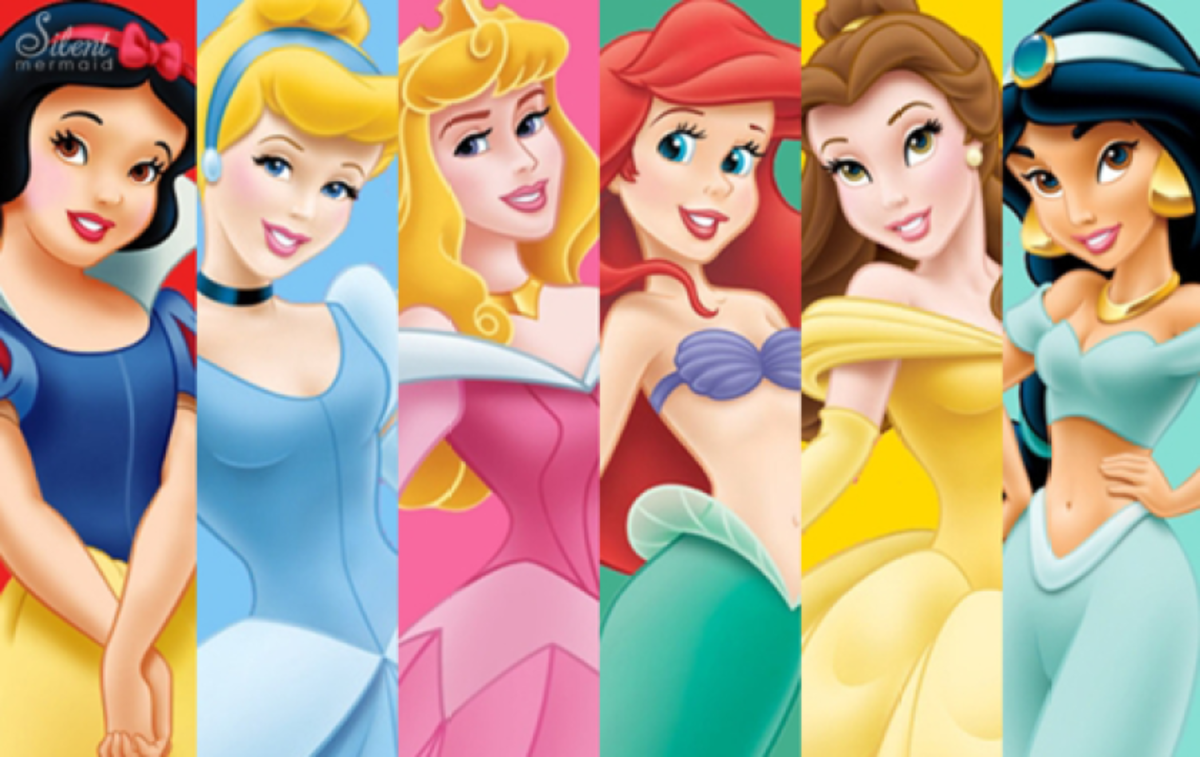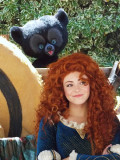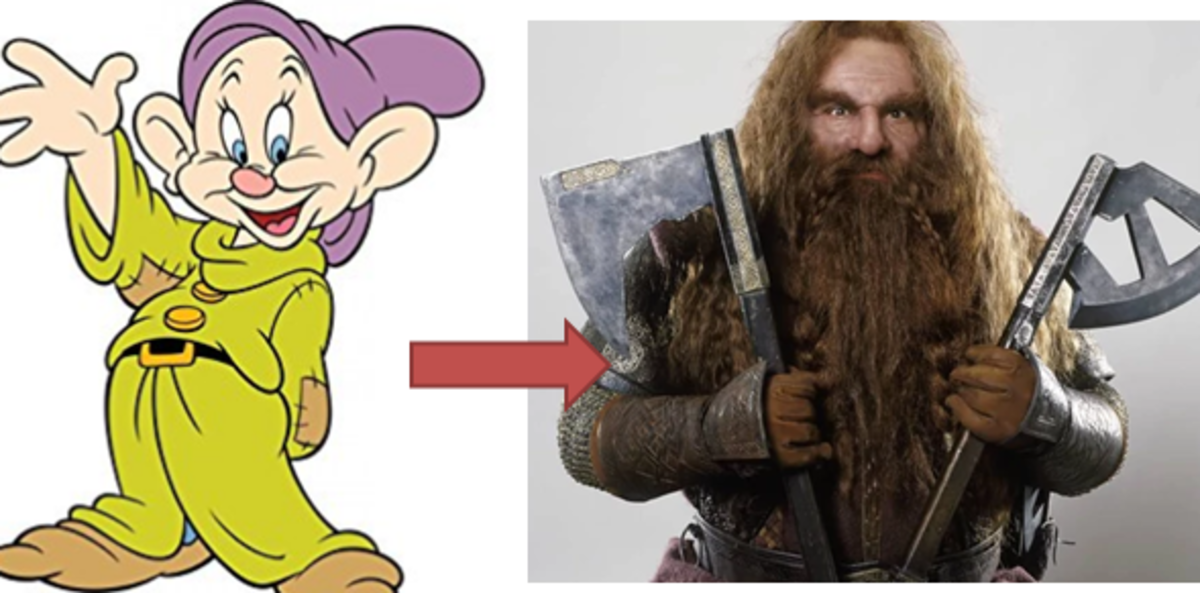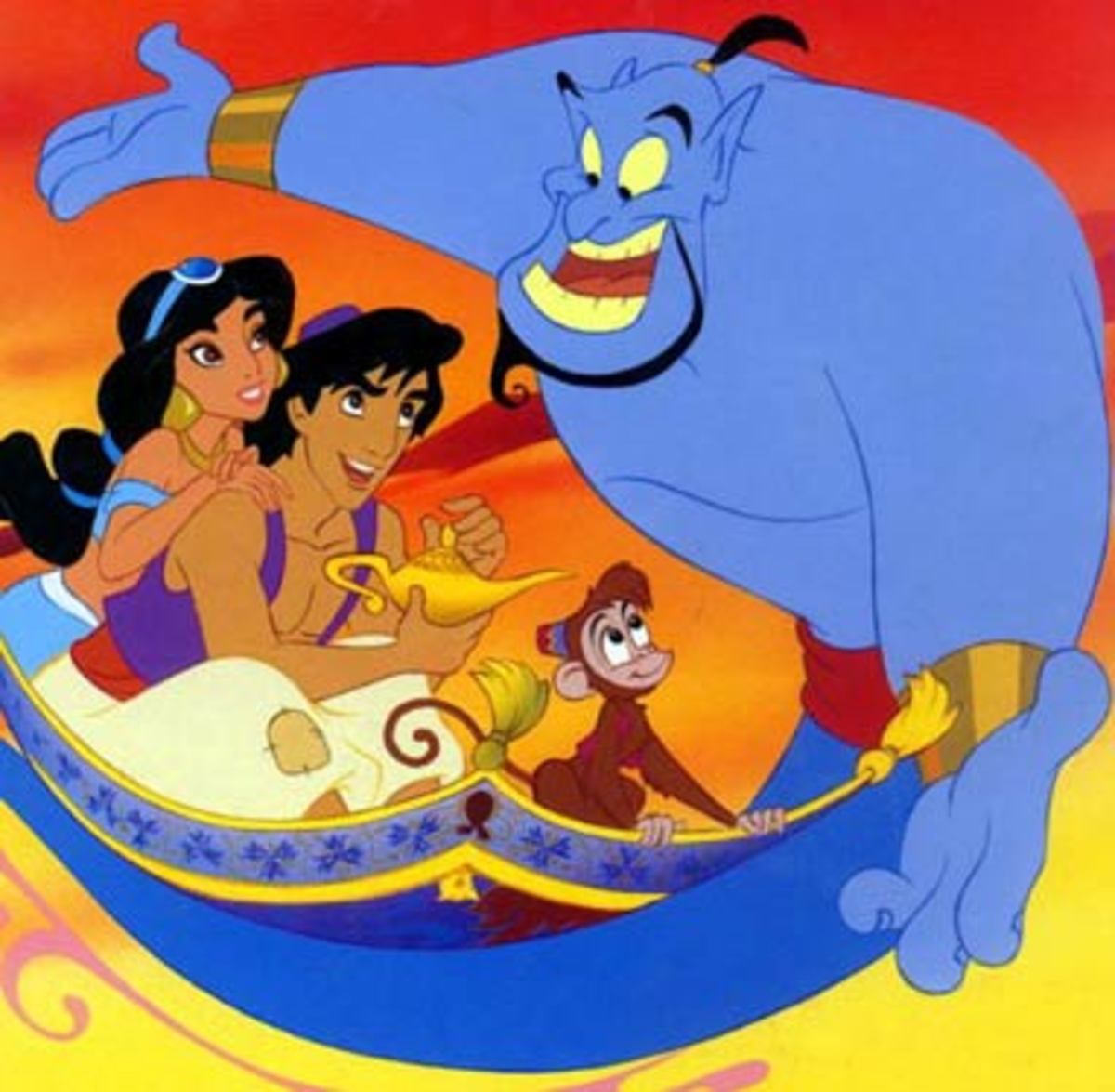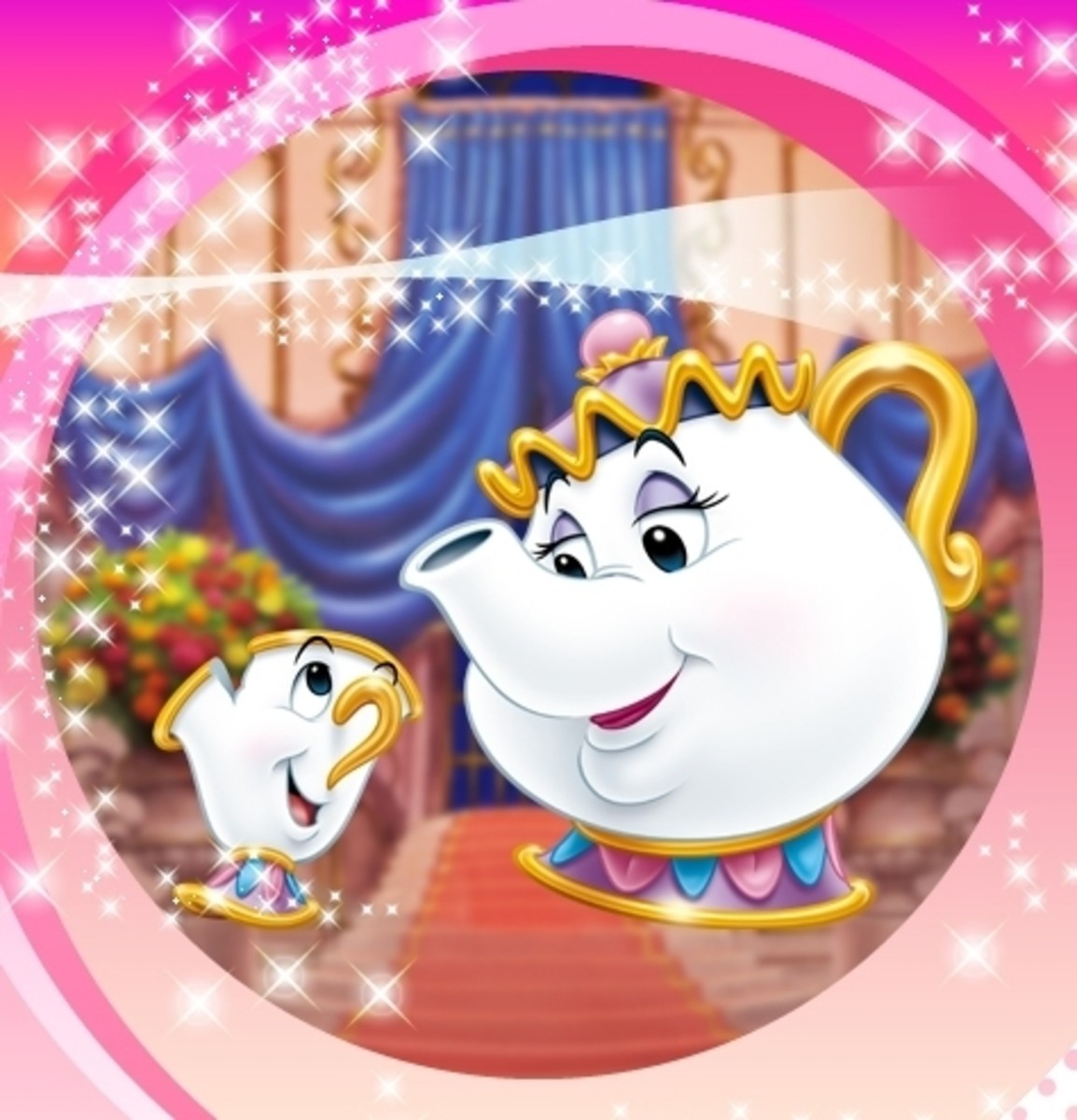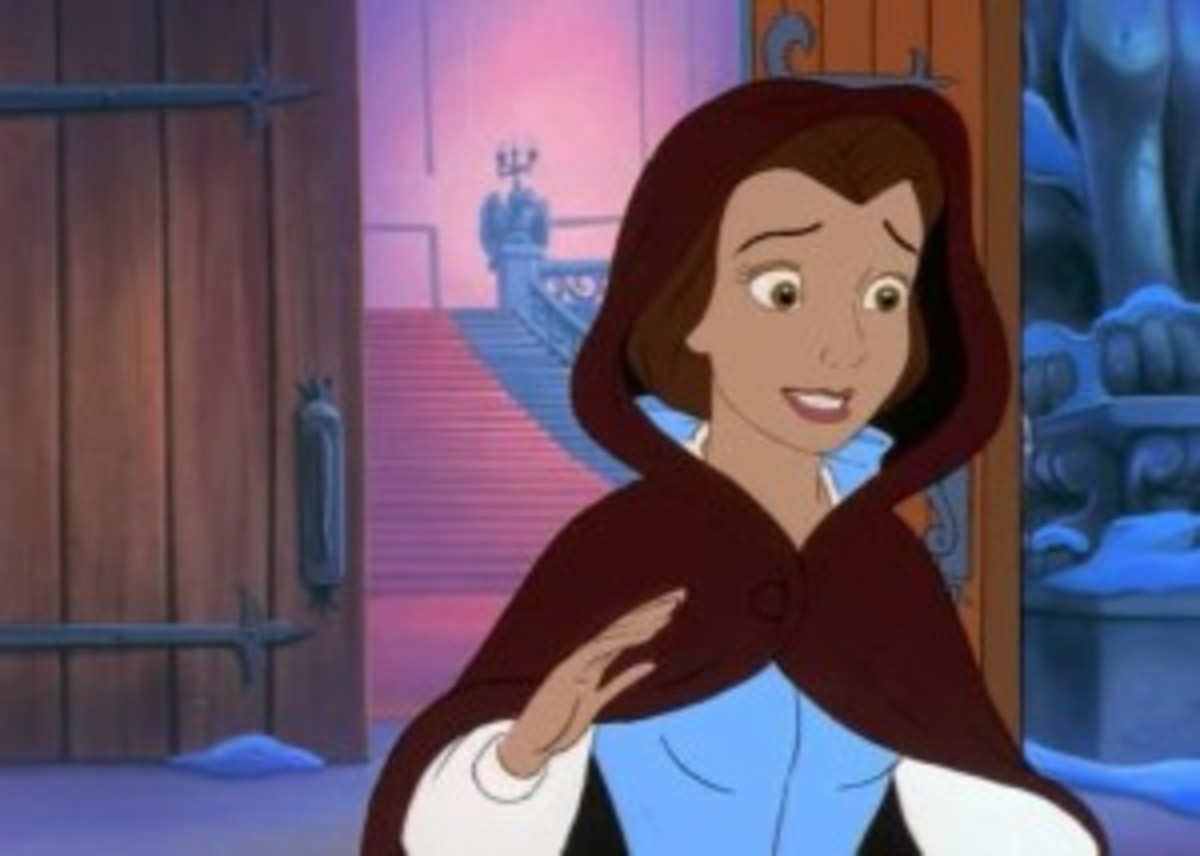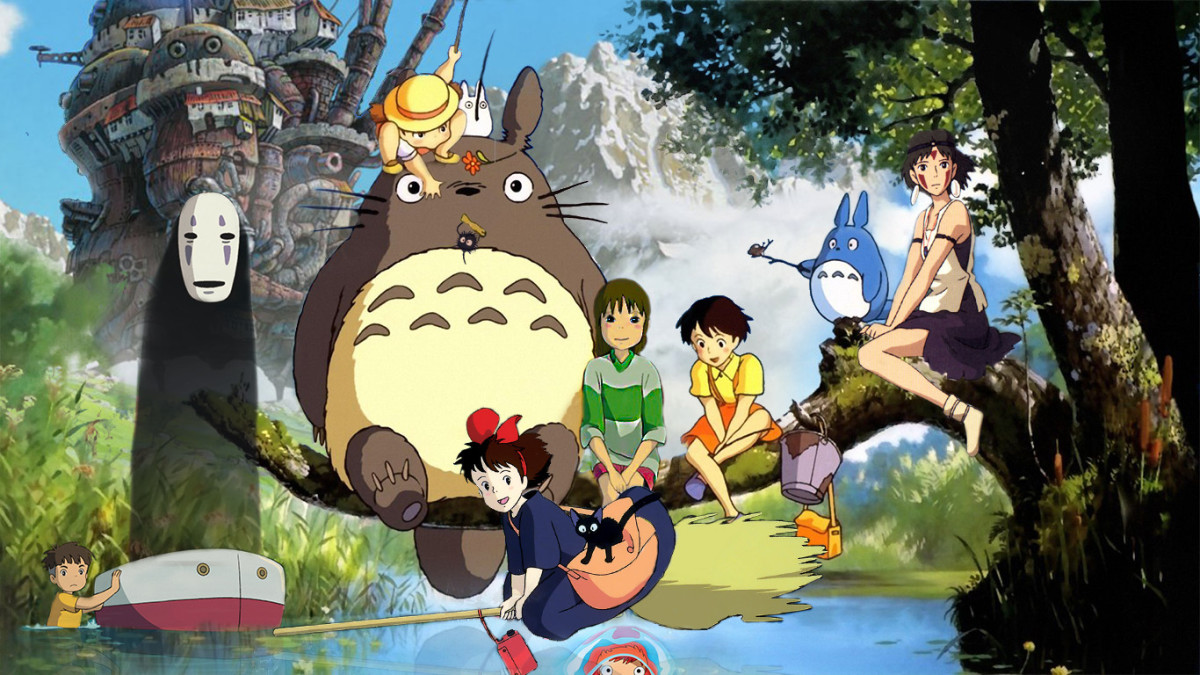The Fairytales Behind the Disney Princesses
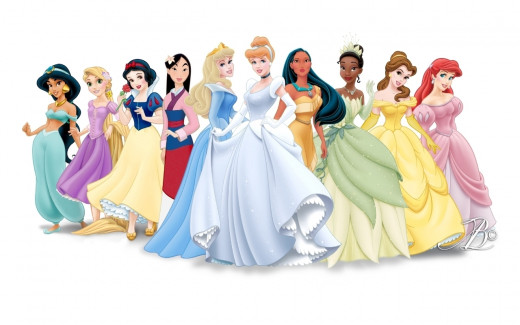
We know them, we love them. We sing and twirl our skirts around with them in merry frolic. We may have even slept with them on our PJ's everynight. Disney princesses have always had a warm place in our hearts. But where did their stories come from? Was all the magic on screen churned out by writers and their executives in a non-magical cubical somewhere in the south? Nay, they've been around for centuries and their stories will continue to withstand the test of time as long as we believe in them.
But in all seriousness, I wanted to investigate where all these Disney characters were dreamed up and I was pleasantly surprised by their origins.
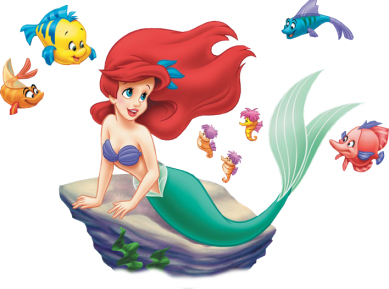
Who is your favorite Disney Princess?
The Little Mermaid
The title character of Danish author Hans Christian Andersen's tale Den Lille Havfrue, “The Little Sea Lady", inspired Disney to create their character of Ariel and her story of the journey to freedom and fulfillment. There are a few key differences between the original and 1989 Disney version and after many years of adaptation, since the tales first publication in 1837, a few strokes of the story line have been quite skewed.
In the original story, the little sea lady doesn’t lose her voice- she loses her tongue - since she's got the best voice in the sea. She does this all in exchange for a chance to live among the humans. Along with her merman father, the king, she lives with her grandmother and her five sisters. In the story, it is revealed that mermaids can live up to 300 years which would mean Ariel would surely outlive the prince of her dreams up on the surface should they kindle a romance between them. It is also discovered that the merpeople understand the existence of the eternal soul of living human beings up on land. When a mermaid dies, their entire being dissolves into sea foam and does not carry on into the afterlife.
The shipwreck, saving Prince Eric from drowning, and the evil sea witch providing the means of giving her new legs, all occur in both stories. However, in the original fable, it is very detailed about the circumstances the mermaid will be tried through. For instance, every step she takes on her new legs feels like most excruciating pain one could ever feel. At dawn, as in the Disney version, the little sea lady must obtain a true love’s kiss so that she can have a part of his soul and live on forever with him.
Unfortunately there is no happy ending in Andersen’s story. By dawn, the Prince has already married another princess and the little sea lady, now being human, is certain to die. Her sisters soon arrive with a knife which they were awarded from the sea witch in exchange for their hair. They were told that if they killed the Prince and let his blood drip upon her legs that she would have her mermaid form permanently restored.
The little sea lady refuses to kill him and submits to the sea at dawn to dissolve into non-existence. But alas, she has become like a spirit in the ocean breeze. If she continues to do good deeds she will earn her Angel wings and join the kingdom of God.
You can see why this ending was altered. Could you imagine the look on a little girls face to see such a beautiful mermaid die such a lonely and uncertain death? There are a few debates regarding the true ending of the tale. Suffice to say, a singing Rastafarian lobster probably didn’t have anything to do with it.
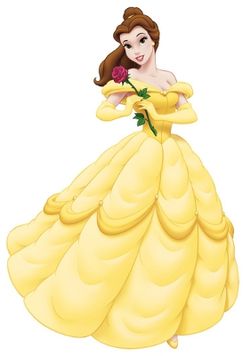
The Beauty and the Beast
This story is a classic French tale and was first published by Gabrielle-Suzanne Barbot de Villeneuve in 1740. A better known version of the story was published shortly after by Jeanne-Marie Le Prince de Beaumont.
There are some extreme differences between the 1991 Disney rendition and the original version. Villeneuve’s goes into splendid detail about the origins of the Beast and his background. There are some touch points that made the final cut in the Disney script, but for the most part, it was a whole new story.
Belle, for instance, though still pure of heart, actually lived in a large mansion with two other wicked sisters and their rich merchant father. In the Disney version, Belle lived a meager existence in France as the only child to a middle-aged inventor named Maurice.
At one point, Belle’s father had lost his merchant ships in a ravaging storm at sea. When he heard that one of the ships made it back to port, he set off to town to claim anything left inside. The other sisters wanted jewelry and gems, but Belle only wanted a rose. Roses didn’t grow in her area.
Belle's father lost all of the surviving riches to relieve his debts and started to travel back home empty handed. He got lost in the forest, as he does in the cartoon, and encounters a wondrous palace. He was given food and a room to spend the night in, but never met the host. After picking a lovely flower from the rose garden, the grizzly owner of the palace shows up and condemns him for stealing from him after all of his hospitality. After the merchant explains why he wanted the rose, the beast allows him to give it to Belle, but only if he promised to come back to the palace.
When the merchant came back with gifts in tow, Belle discovered the secret of where it all came from. She went to see this castle her father spoke of. The beast welcomed her warmly and gave her everything she asked for if she agreed to stay. He would propose marriage to her every night, but every time she would refuse. At night she would dream of a handsome Prince whom she told the real reason why she could never marry the beast - because she only likes him as a friend.
After a while Belle becomes homesick and is allowed to return home for only a week. She is given a magic mirror to look back at the castle through, as she receives in the Disney film, and a ring that allows her to transport back with three turns of it around her finger. Her sisters were jealous of her lavish life in the castle and did everything in their power to convince her to stay. Belle is touched by her sisters’ off-color selfless act and decides to stay longer than the week she promised to return by.
She began to feel guilty and decided to glance at the beast using the magic mirror only to find Beast near death in the rose garden. She immediately returned back to him using the enchanted ring and cried over his body telling him how much she indeed loved him. And like my favorite Beauty and the Beast moment, her tears broke the fairy’s curse and he was transformed back into the handsome prince of her dreams.
They live together happily ever after.
No Gaston. No Phillipe the horse. And no talking candelabras. I don’t know about you, but I think Disney took some great creative liberties to make this a truly magical tale of true love.
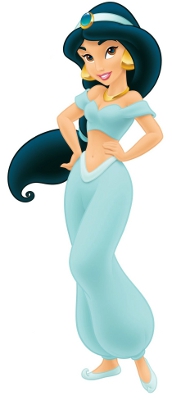
Princess Jasmine
Known originally as Princess Badroulbadour, a Far East daughter of the Emperor in Aladdin's world, Princess Jasmine whip cracked our hearts in the amazing 1992 feature Disney film Aladdin. Badroulbadour translates to "full moon of full moons" and is commonly used as a symbol for "beauty" in the tale's native literature.
The sorcerer in Aladdin's original tale tricks young Aladdin into retrieving a magic lamp from a cave. He then attempts to trap Aladdin in the cave only to discover that Aladdin has escaped using a magic ring the sorcerer gave to him beforehand.
Just as the movie suggests, Badroulbadour was won over by Aladdin's charms (and the help of a magical genie) and they married despite being promised to the royal vizier's son.
When the sorcerer finds out that Aladdin has the lamp, he tricks the princess in exchanging the lamp for a new one. Once he gains possession of the lamp, he summons the genie inside and has all of Aladdin’s riches, including the princess herself, transported to his own home. Using the ring he was given by the sorcerer, Aladdin takes back the lamp, his wife, and possessions from the sorcerer then kills him for his treachery.
When the sorcerer’s brother learns of this, he disguises himself as an elderly woman who can heal the sick. The princess keeps the disguised Sorcerer's brother around the palace just in case anyone fell ill. When Aladdin is told of this plan by the genie of the lamp, he is able to thwart the sorcerer’s brother. Surprisingly, everyone lived happily ever after in this tale just like in the movie.
Although Princess Jasmine didn't have an overtly large role in the film, it can be argued that Aladdin's motivation of surviving the cave and building his amazing palace and legacy was unlocked by the notion of settling down with the woman of his dreams.
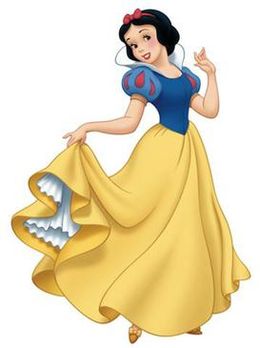
Snow White
Snow White’s tale was published in Germany by the Brothers Grimm in 1812, their final revision of the story being in 1854. The classic Disney film Snow White and the Seven Dwarves was released in 1937. Although the film didn’t go too far into her backstory, it is collectively decided that they implied her name was Snow White because of her dark hair and her skin- as white as snow. In the original Brothers Grimm tale, her mother, the queen, had always wanted a daughter with lips as red as blood, hair as black as her ebony windowsill, and her skin as white as snow.
Unfortunately, her mother had passed away during child birth, but she did get her wish when Snow White was born with all of the features the queen had always wanted. Snow White’s father, the king, takes a new wife who is beautiful, but vain. Through her magic mirror she discovers that at the age of seven, Snow White had become the most beautiful girl in the world, therefore, the new queen begins to despise her.
Instead of her heart, as expressed in the film, the new queen orders a huntsman to take Snow White into the forest and kill her. He was then instructed to bring back with him her lungs and liver which the queen eats.
From then on, the tale plays out as the movie does, up until the time the Queen discovers that Snow White still lives. Before the delicious looking poison apple is presented, the queen takes on the form of a peddler offering Snow White a beautiful bodice which she ties much too tight around her waist causing Snow White to faint. The queen leaves her for dead, but the seven dwarves simply remove the bodice and she is rescued. Snow White is revived once again when the Queen attempts to poison her with a comb. In this case, the third time is the charm. The Queen gives Snow White a poisoned apple disguised as a farmer’s wife and she falls under a deep sleeping spell, presumed dead by her seven roommates.
In the movie, Snow White is awakened by her Prince’s kiss. In the original tale, the Prince awakens her by dislodging the poison apple from her throat and releasing her from the spell (Not as romantic, but effective).
After the curtains are drawn in the movie, however, a more surprising ending to the story unfolds. In the Grimm tale, the Queen is invited to Snow White and the Prince’s wedding which she hesitantly attends. For the attempted murder of the new queen, Snow White, the old Queen was sentenced to dance in hot iron shoes until she died.
Wow. Not even the chance of parole.
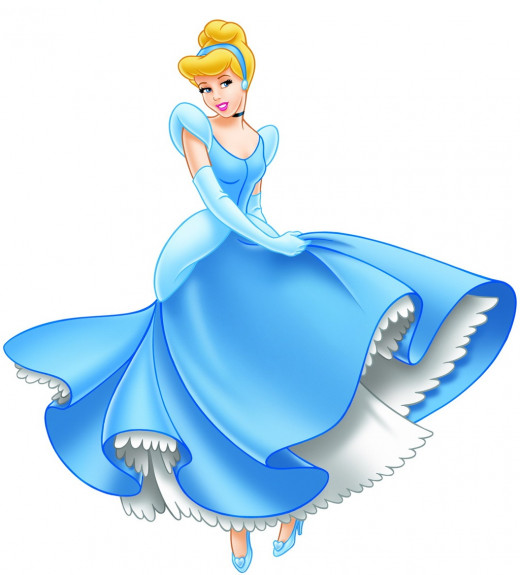
Cinderella
This ultra romantic film released in 1950 by Disney entranced all the young girls of America hoping to one day magically transform them into a princess and ride up to the royal palace only to stumble upon their prince charming (all before midnight). Though it's not my favorite, it's definitely one that has withstood the test of time.
First written out in 1697 by published author Charles Perrault, with it's first appearance popping up in Ancient Greece in the story of "rosey-cheeked" Rhodopis, the common device is the shoe, slipper, or even a sandal, etc. The stories all end the same where the Prince scours the land until he finds the one dance partner he's been searching for. In one rendition, centered from Indonesia and Malaysia, the way the prince is able to clearly identify the would-be princess is by the sound of her voice when she sings a lullaby. You could say almost every culture might have their own version of the unfortunate girl on her luckiest night.
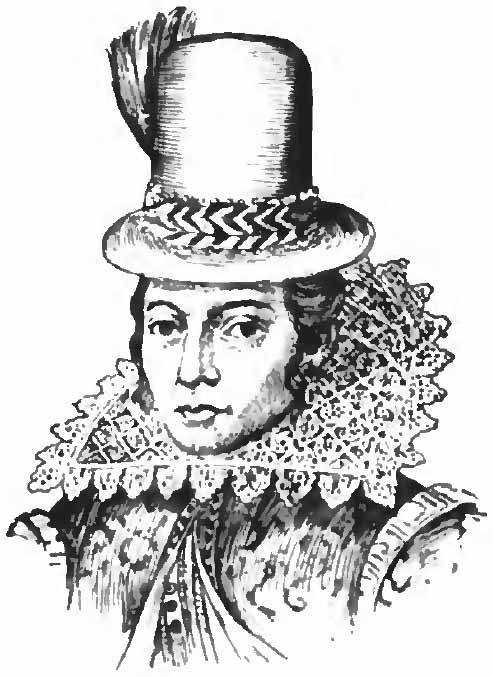
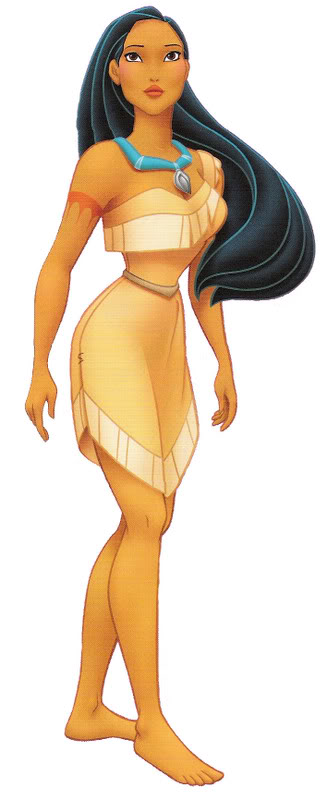
Pocahontas
Contrary to all of the previous Disney princesses in this list, Pocahontas was a real Native American who was considered some-what of a real Princess in her present time.
She was born as Matoaka and later became known as Rebecca Rolfe when she was taken captive by the English and converted to Christianity in 1613. She was born around 1595 and lived only 22 years. In her few short years on Earth, she seems to have made quite the statement.
Like the film suggests, she was the daughter of the Chief and in 1607 she did indeed save a Native American captive, John Smith, by putting herself in harms way when he was to be executed. She didn't actually end up with Smith, but let a girl dream, okay?
From a personal standpoint, I am very infatuated with the fact that her 1614 marriage to tobacco farmer John Rolfe was the first interracial marriage in recorded American history. Being interracial myself, I've got that much more respect for her whether anyone believes she abandoned her true heritage or not. That would have taken guts back in the day!
In an effort to stimulate the noted Jamestown settlement in America, Pocahontas was brought to England as a "civilized" native in 1616 with her family. She was warmly received, but died a year later in 1617.
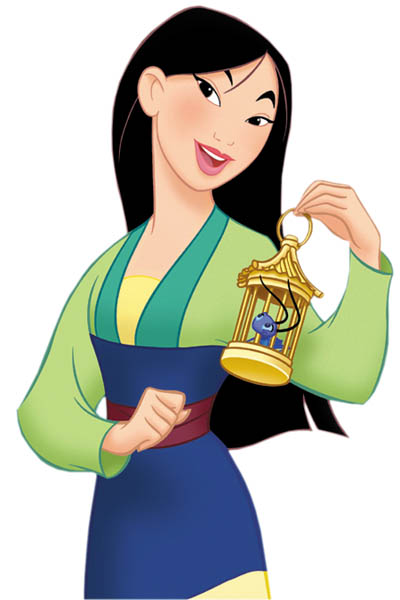
Mulan
The last Disney princess I am going to showcase in this article is Mulan, roughly translated to "wood-orchid", and based on the Ancient Chinese poem known as The Ballad of Mulan. Like in the movie, Mulan takes the place of her elderly father when a great war falls upon her country. She climbed the ranks in the army and, after fighting 12 years, retired to her homeland without accepting one award.
It's unknown when this might have taken place, but it's believed that it might have been around the Northern Wei Dynasty in 386 A.D. There's even a crater on the planet Venus named after her!
